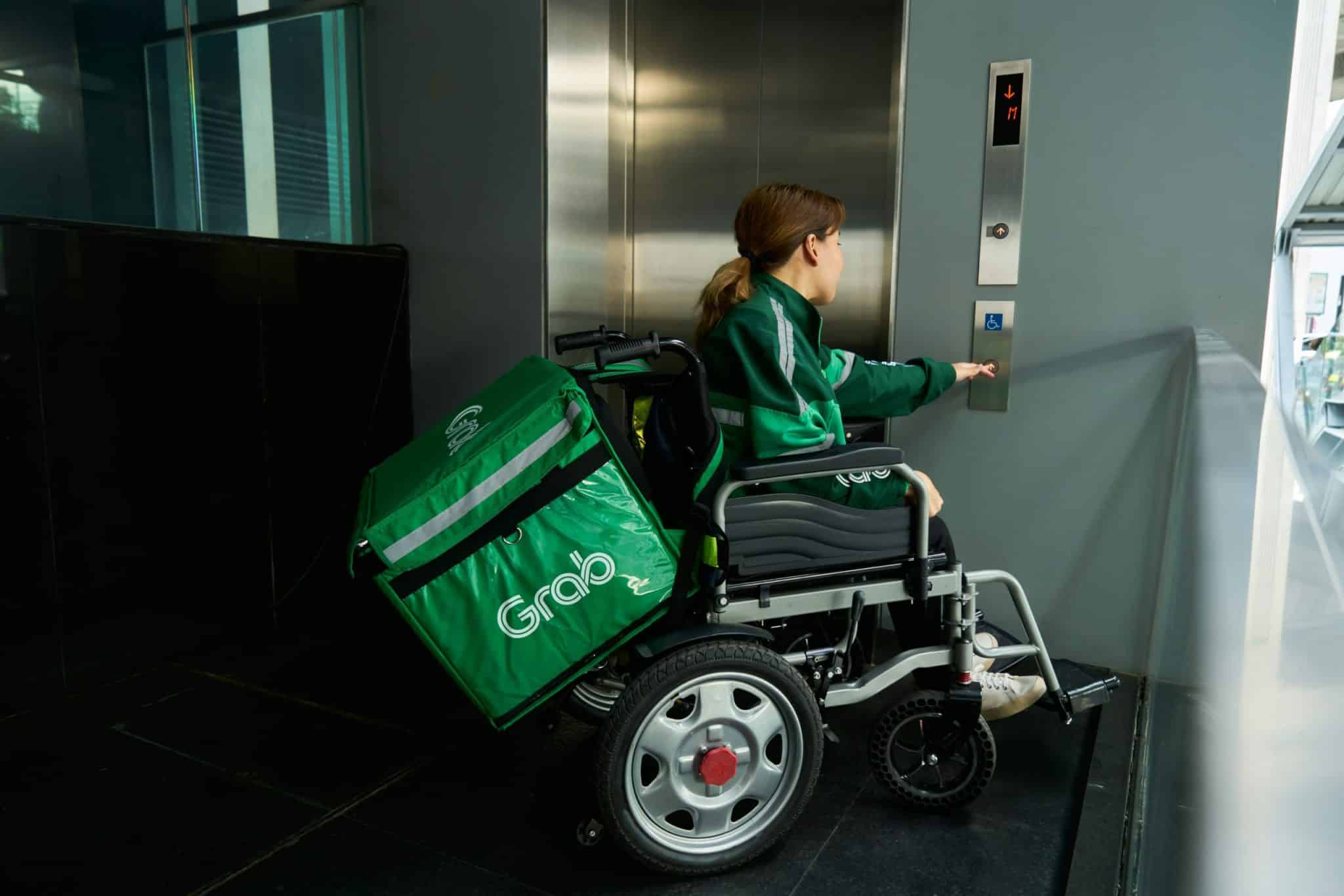Ghost Kitchens 2.0: Virtual Brands Dominating the Delivery Economy
The food delivery industry has experienced a major transformation in recent years, and the rise of ghost kitchens and virtual brands has been at the forefront of this change. These new concepts have disrupted the traditional restaurant model and created a new dynamic in the delivery economy. In this article, we will delve into the world of Ghost Kitchens 2.0 – the next generation of these virtual kitchens – and explore how they are dominating the delivery economy.
The Rise of Ghost Kitchens
Ghost kitchens, also known as virtual kitchens or dark kitchens, are commercial kitchen spaces designed solely for the purpose of preparing food for delivery. They do not have a physical dining space for customers to sit and eat, therefore eliminating the need for front-of-house staff and reducing operational costs. This model has gained popularity in recent years due to the significant increase in food delivery orders and the high cost of operating a traditional dine-in restaurant.
The concept of ghost kitchens is not entirely new – delivery-only restaurants and catering services have been around for years. However, the rise of food delivery apps, such as Uber Eats, Doordash, and Grubhub, has propelled the growth of ghost kitchens. These apps offer a convenient and hassle-free way for customers to order food from a variety of restaurants, driving up demand for delivery-only establishments.
Virtual Brands Taking Over
While ghost kitchens initially started as an extension of existing restaurants, they have now evolved into a new phenomenon – virtual brands. These are delivery-only restaurant concepts that do not have a physical storefront or brick-and-mortar presence. Instead, they operate solely on food delivery apps, marketing their food and brand through social media and online platforms.
The beauty of virtual brands is their ability to offer a diverse range of cuisines without the constraints of a traditional restaurant. With the rise of ghost kitchens 2.0, virtual brands are now able to expand their offerings even further by utilizing the same kitchen space to prepare different cuisines and cater to a wider range of customers. This allows for greater flexibility and creativity in menu offerings and helps cater to changing food trends and consumer preferences.
The Advantages of Ghost Kitchens 2.0
Low Overhead Costs
One of the main advantages of ghost kitchens 2.0 is their low overhead costs. By eliminating the need for a physical dining space and front-of-house staff, virtual brands can significantly reduce their operational expenses. This, in turn, enables them to offer lower-priced menu items compared to traditional restaurants, making them more appealing to customers on a budget.
Increased Efficiency
Ghost kitchens are designed for efficiency, with kitchens equipped with the latest technology and tools to streamline the cooking process. This allows virtual brands to prepare and deliver meals at a much faster pace than traditional restaurants, reducing wait times and increasing customer satisfaction.
Flexibility and Adaptability
The flexibility of ghost kitchens 2.0 allows for greater adaptability to changing market demands and trends. With a lower barrier to entry, virtual brands can quickly pivot their menu offerings to cater to the ever-evolving tastes of their customers. This agility gives them a competitive edge over traditional restaurants that may struggle to keep up with changing consumer preferences.
The Future of Ghost Kitchens
The ghost kitchen concept is still in its early stages, and it is expected to continue growing and evolving in the coming years. With the rise of ghost kitchens 2.0, we can expect to see even more innovative and diverse virtual brands dominating the delivery economy. This trend is not just limited to restaurants – we are also seeing ghost kitchens being used by grocery stores, caterers, and even food trucks to expand their reach and increase revenue through delivery services.
As the food delivery industry continues to expand, ghost kitchens are here to stay. With their low costs, high efficiency, and flexibility, they offer significant advantages to both customers and entrepreneurs in the food service industry. It will be interesting to see how this new era of virtual brands will shape the future of food delivery and revolutionize the food industry.
Conclusion
Ghost kitchens 2.0 and virtual brands are revolutionizing the way we think of food delivery, offering a unique and innovative approach to the traditional restaurant model. With their low overhead costs, increased efficiency, and adaptability, they are poised to dominate the delivery economy for years to come. As we continue to see the expansion and evolution of this concept, one thing is for sure – the future looks bright for ghost kitchens and virtual brands in the food industry.










